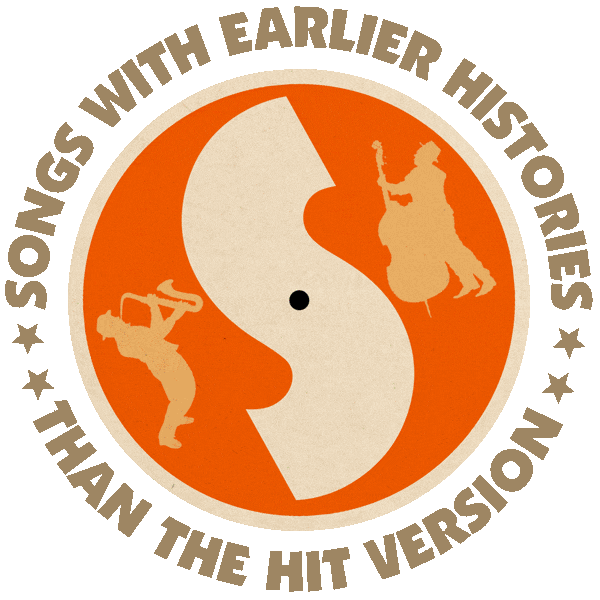First recorded (as “Schöner Gigolo”) by Dajos Béla’s Orchestra (1929).
Hit English-language versions by Jack Hylton & His Orchestra (as “Handsome Gigolo” UK 1930), Bing Crosby (US #12 1931), Ted Lewis & His Band (US #1 1931), Louis Prima (1956), David Lee Roth (US #12/CAN #7/AUS #13/NZ #6 1985).
From the wiki: “‘Just a Gigolo’ was from the Austrian tango ‘Schöner Gigolo, armer Gigolo’, composed in 1928 in Vienna by Leonello Casucci to lyrics written in 1924 by Julius Brammer. ‘Schöner Gigolo, armer Gigolo’ was first published by Wiener Boheme Verlag in 1929 and performed by several orchestras in Germany that year, including Dajos Béla’s orchestra with the singer Kurt Mühlhardt.
“Back in the 1920s and ’30s, the definition of ‘gigolo’ wasn’t much different from how the word is used today, although the services he provided weren’t always sexual. Most often, the man was just be a paid dancing partner (‘paid for every dance, selling each romance’). Either way, ‘gigolo’ labels him a ‘kept man’ who can’t provide a living for himself without his good looks: he’s ‘just a gigolo.’ The original version, as written by Julius Brammer, was a poetic vision of the social collapse experienced in Austria after World War I, represented by the figure of a former hussar [cavalry officer] who remembers himself parading in his uniform, while now he has to get by as a lonely hired dancer.

